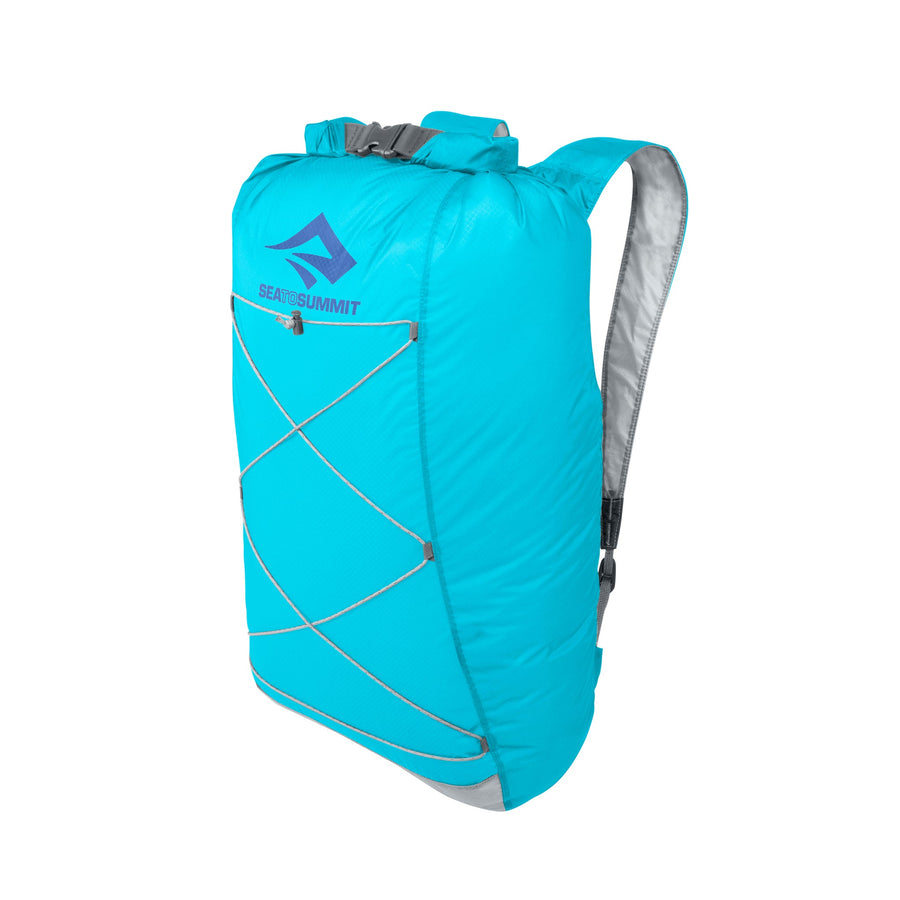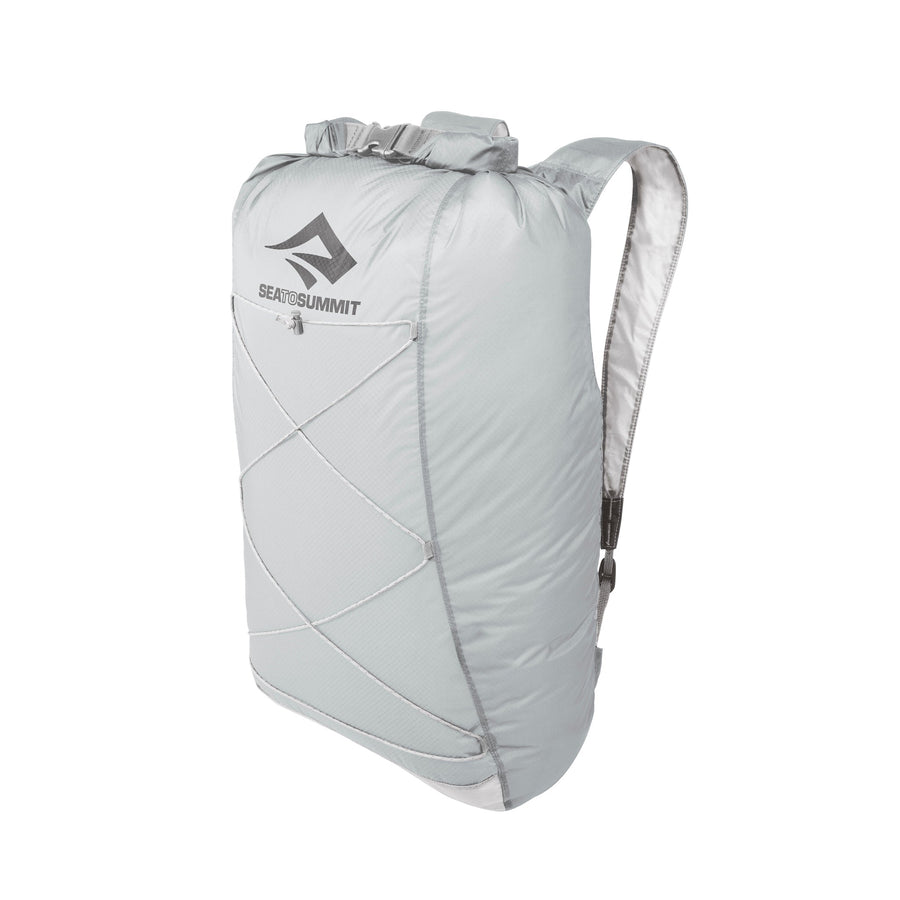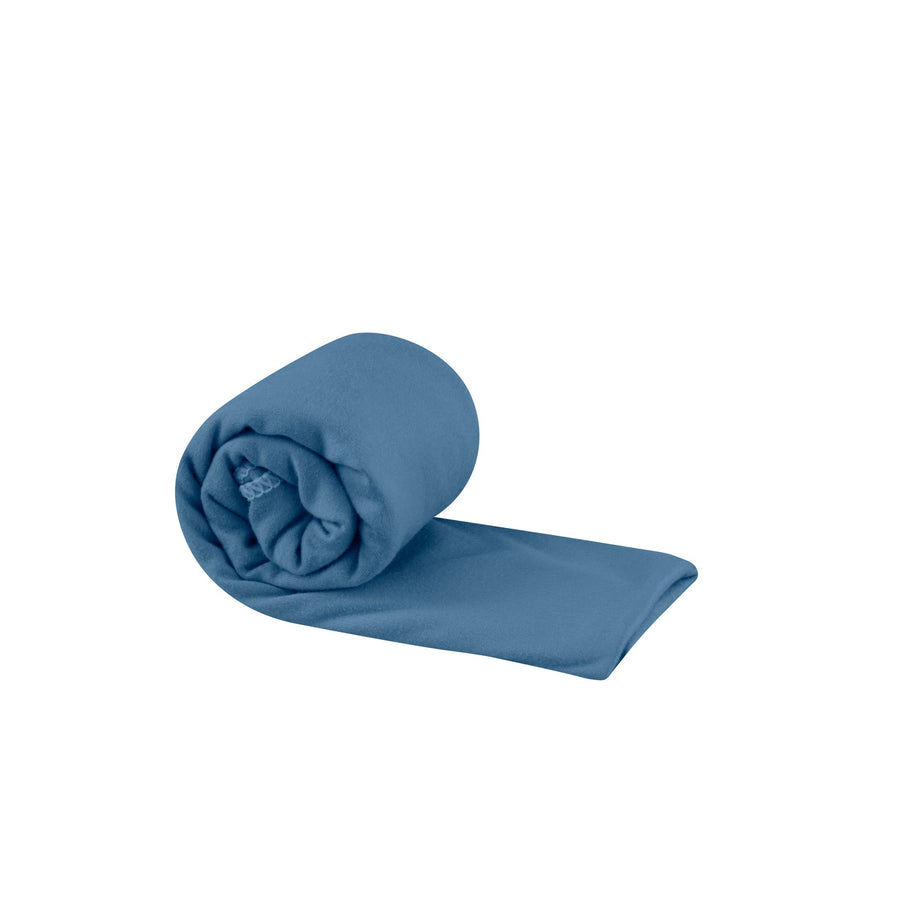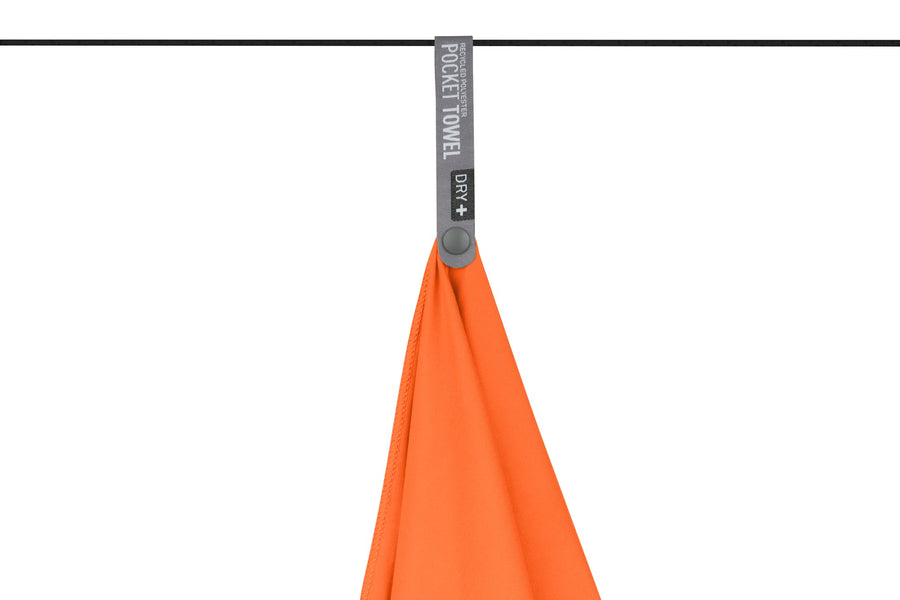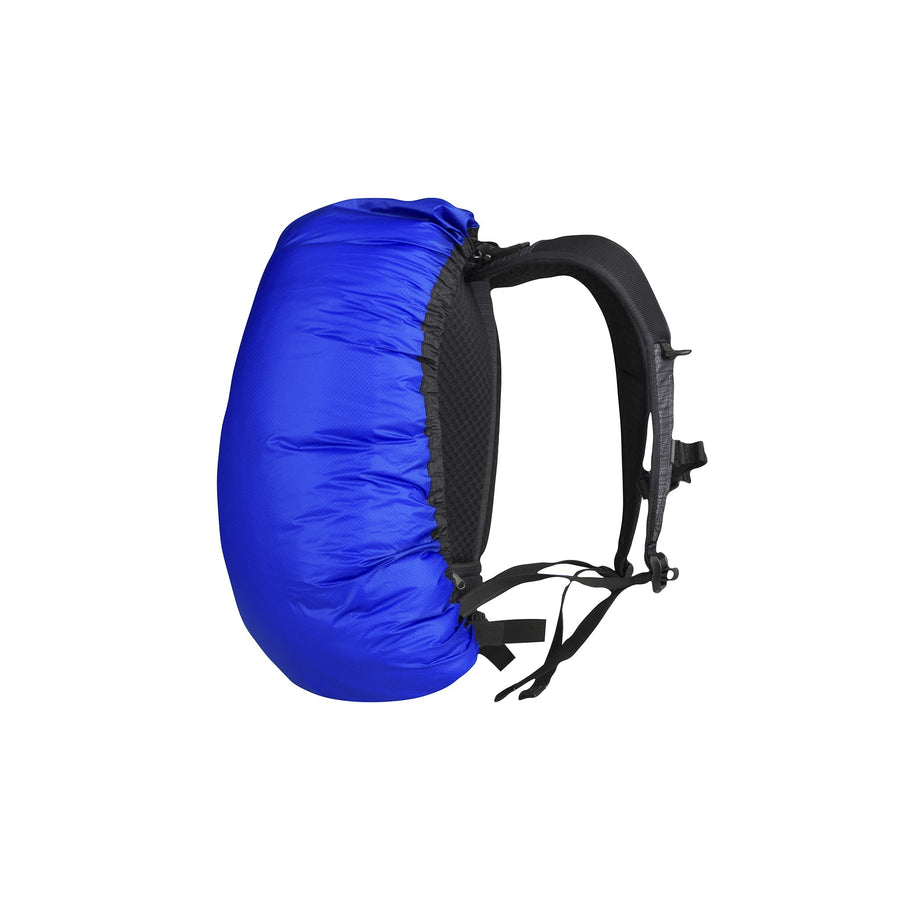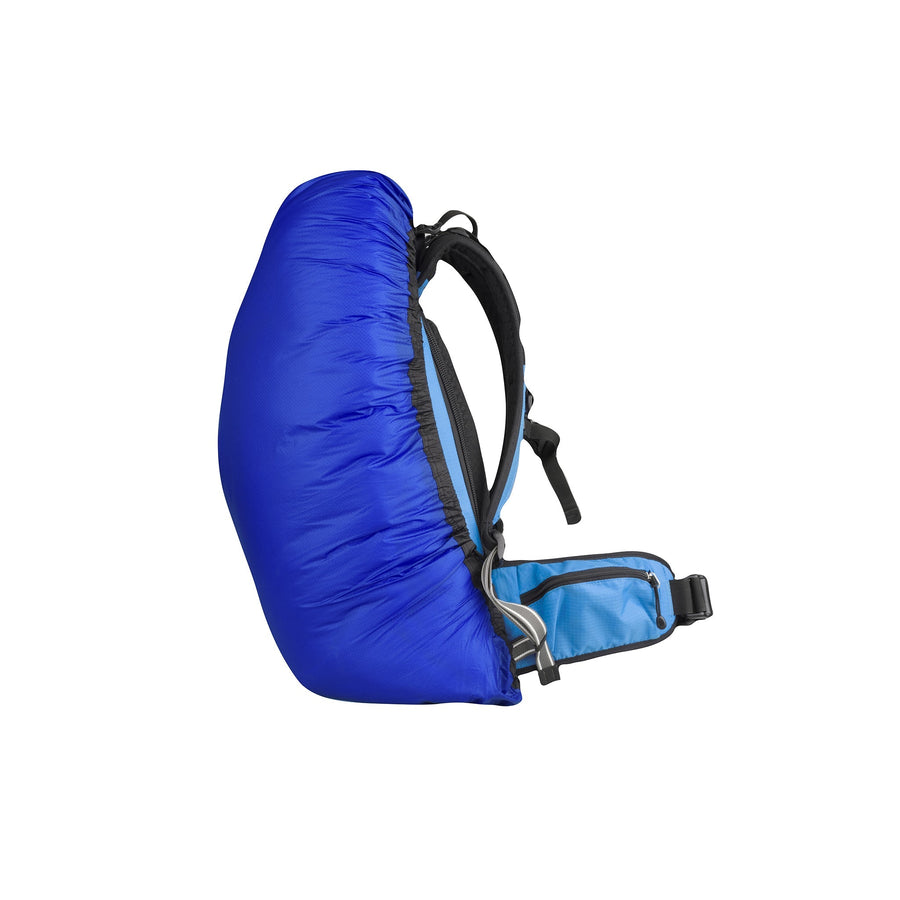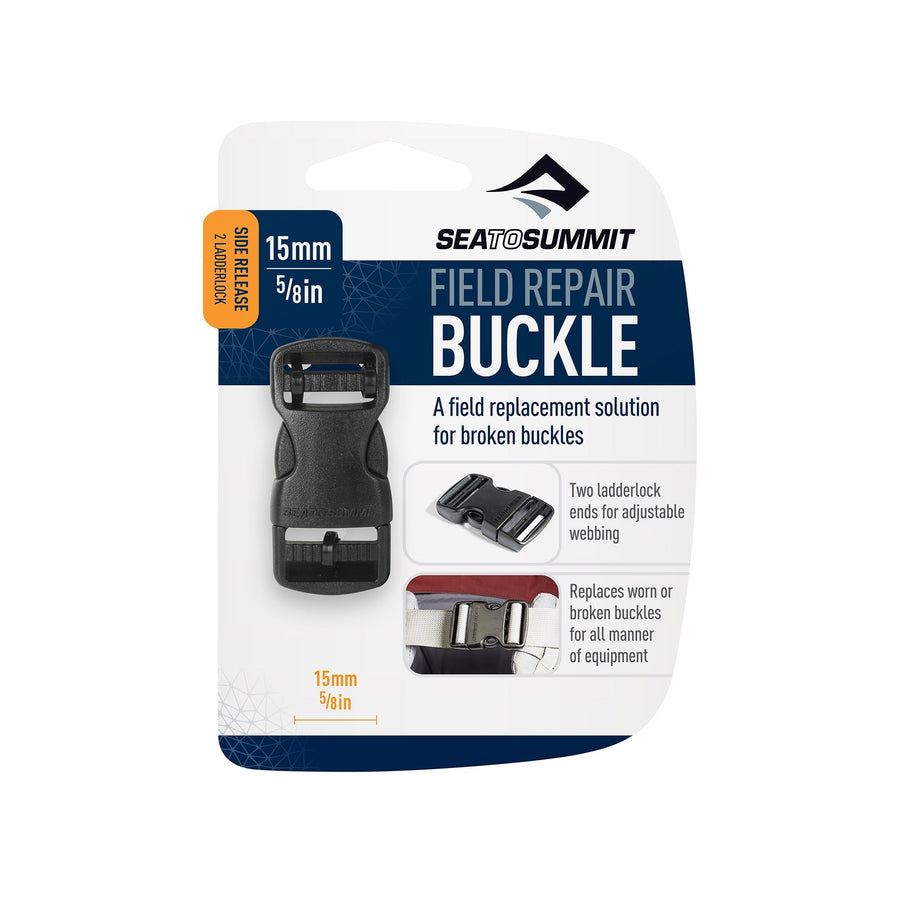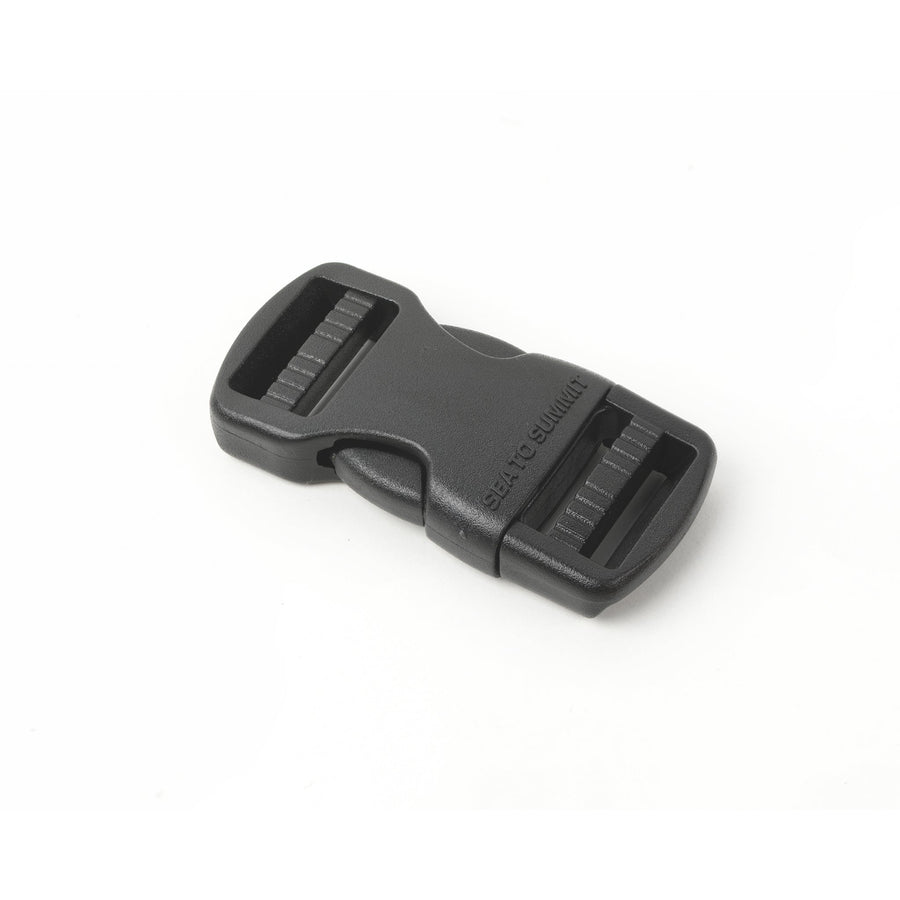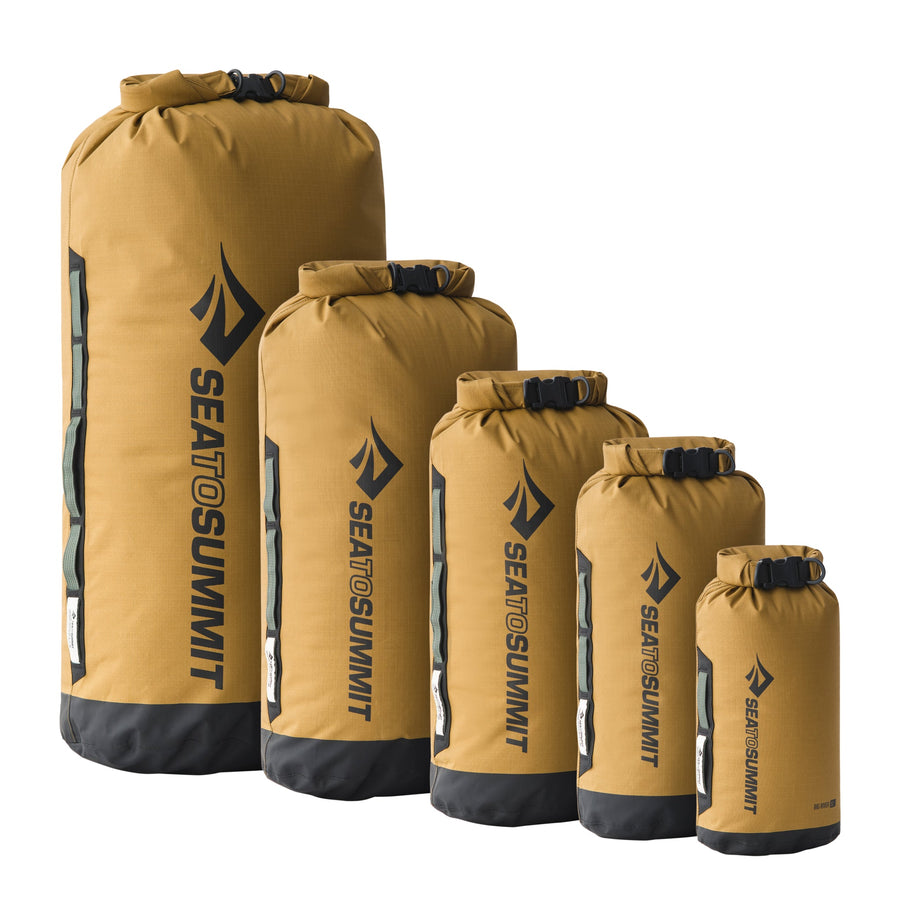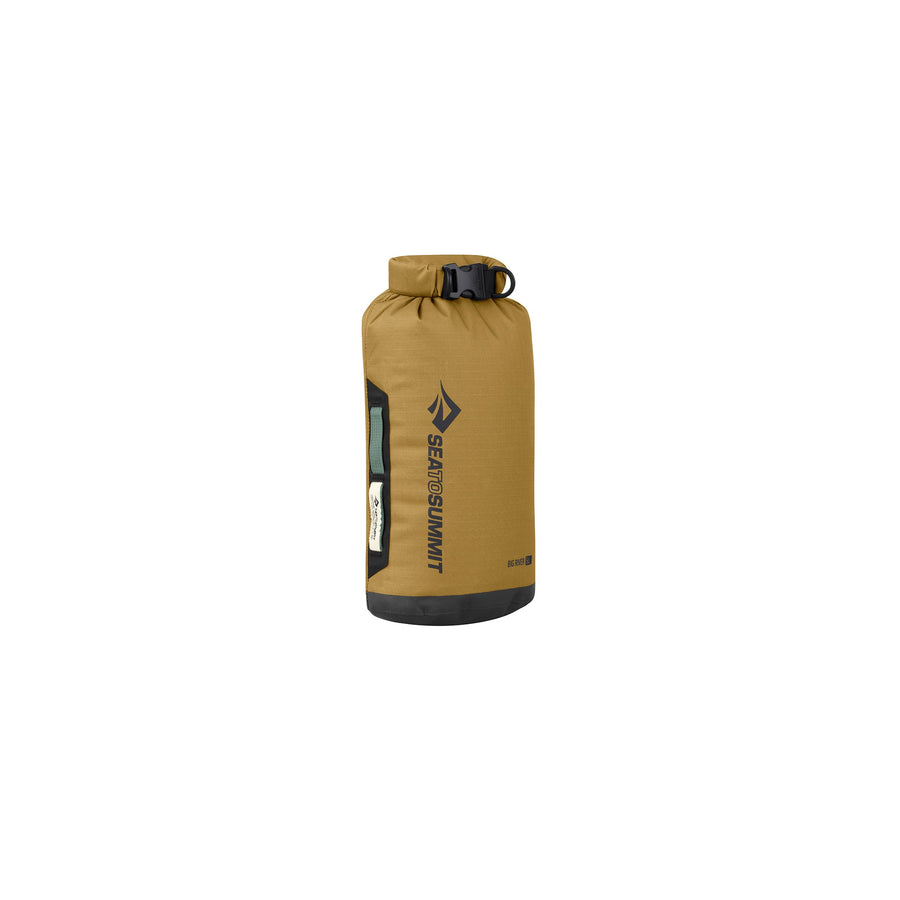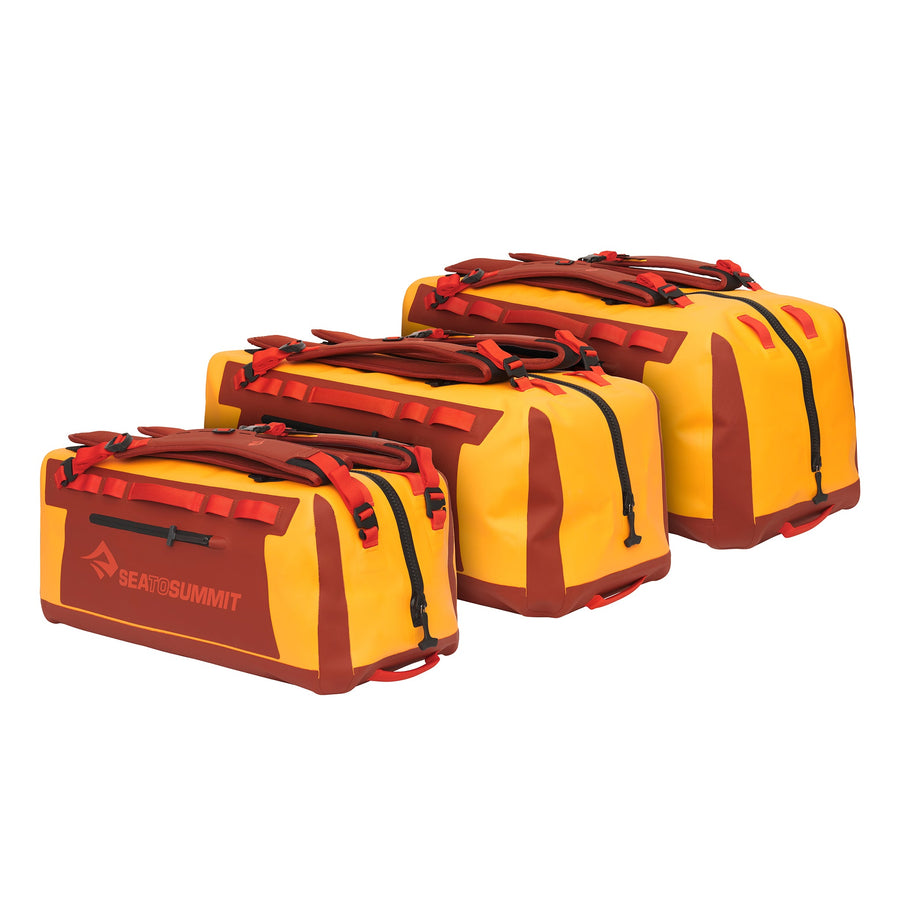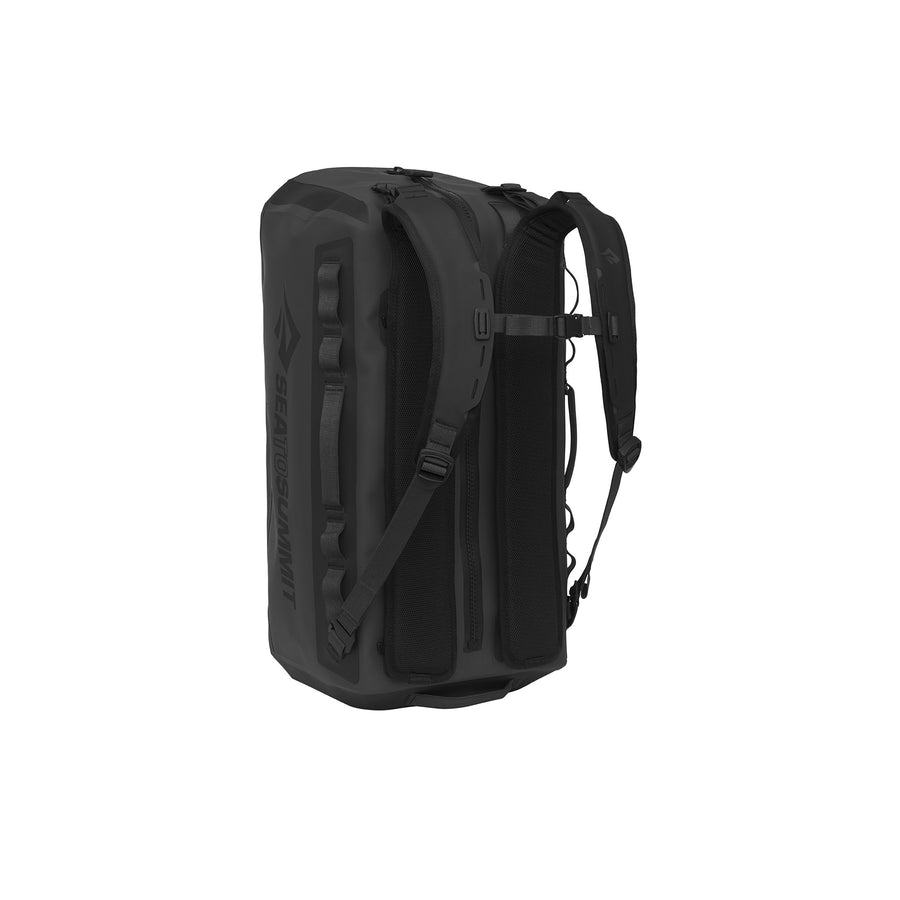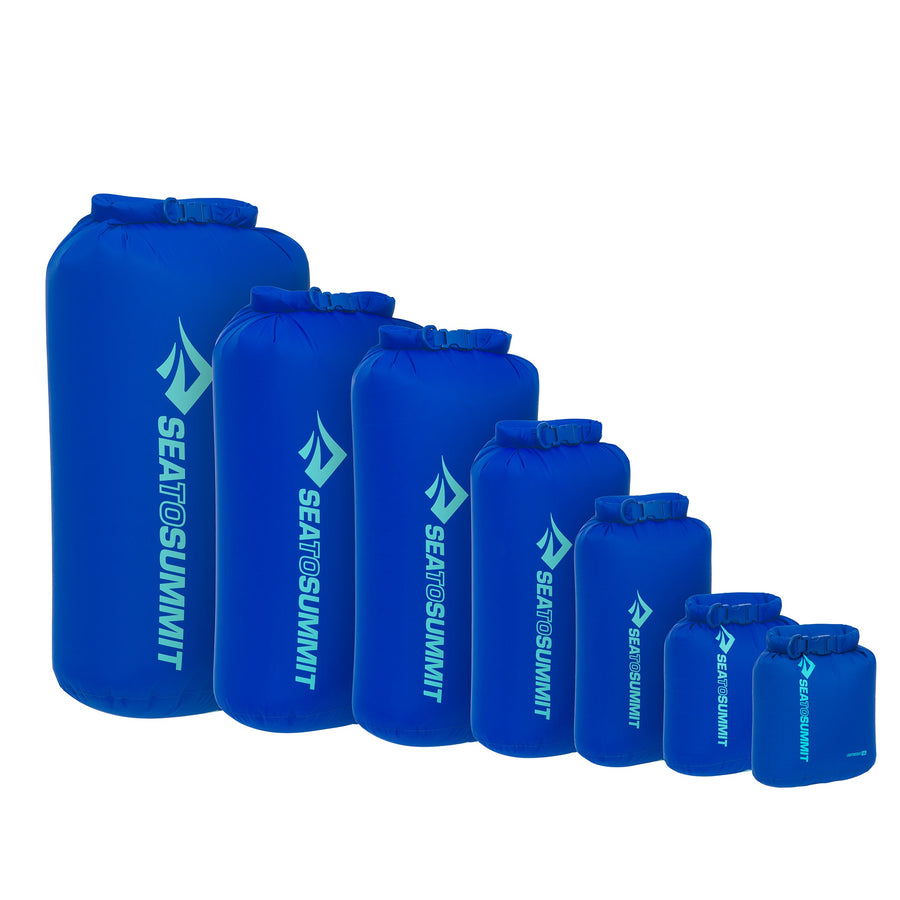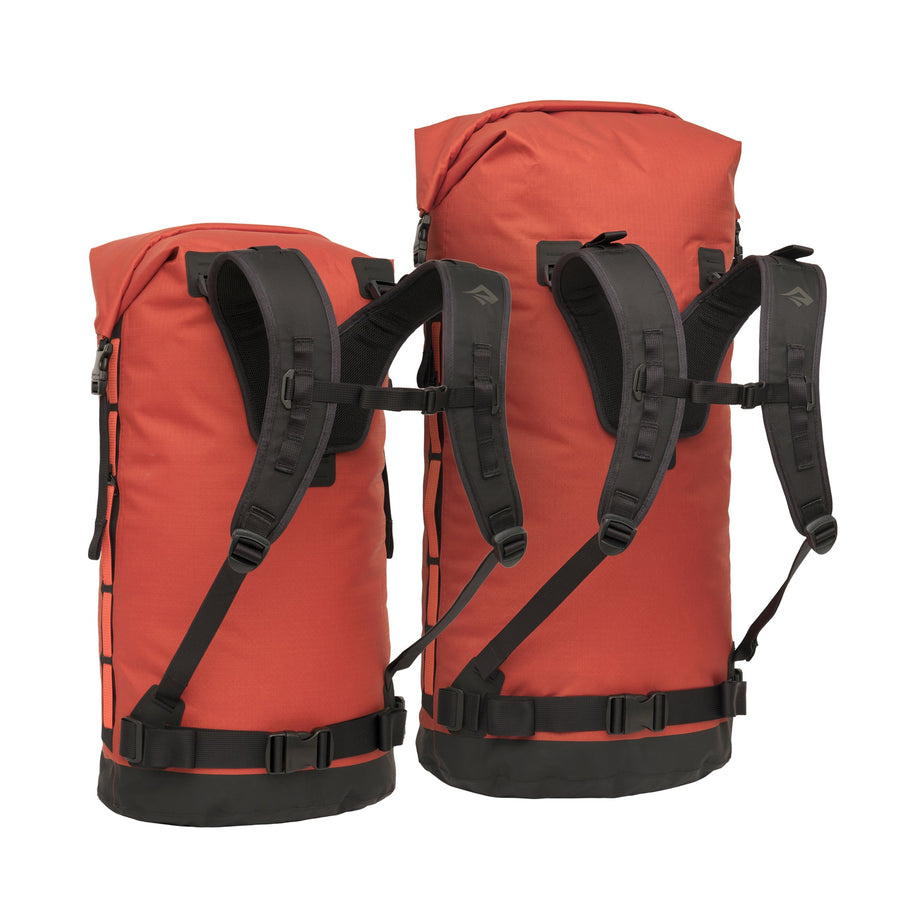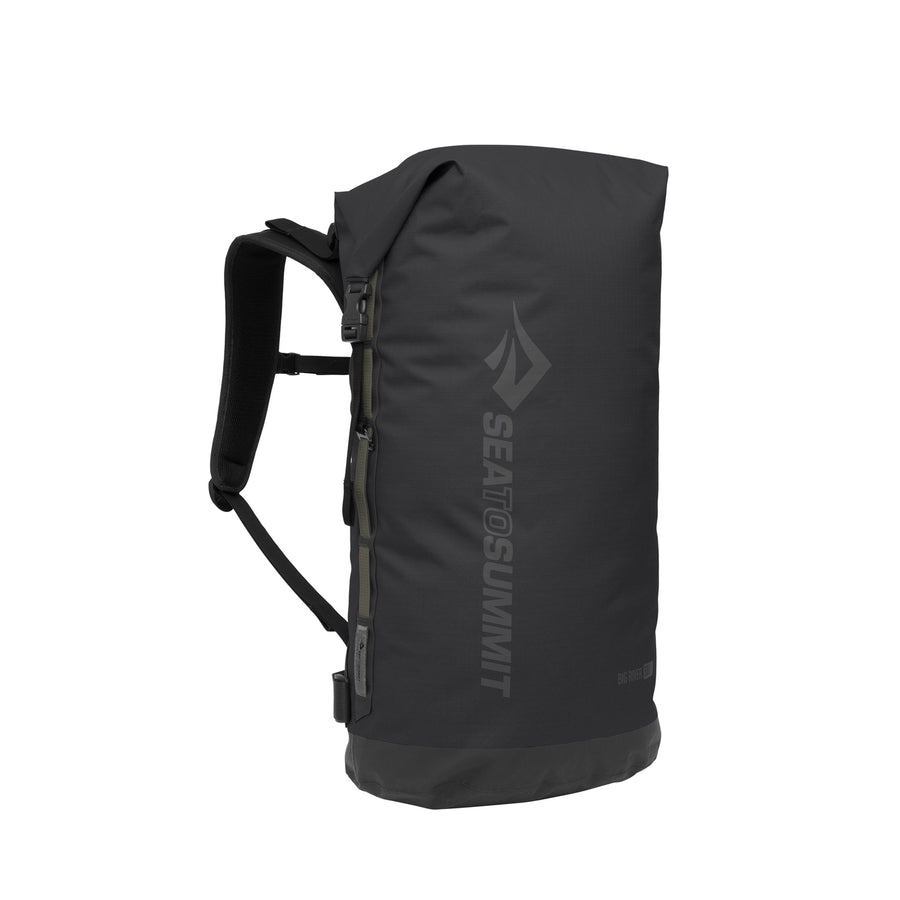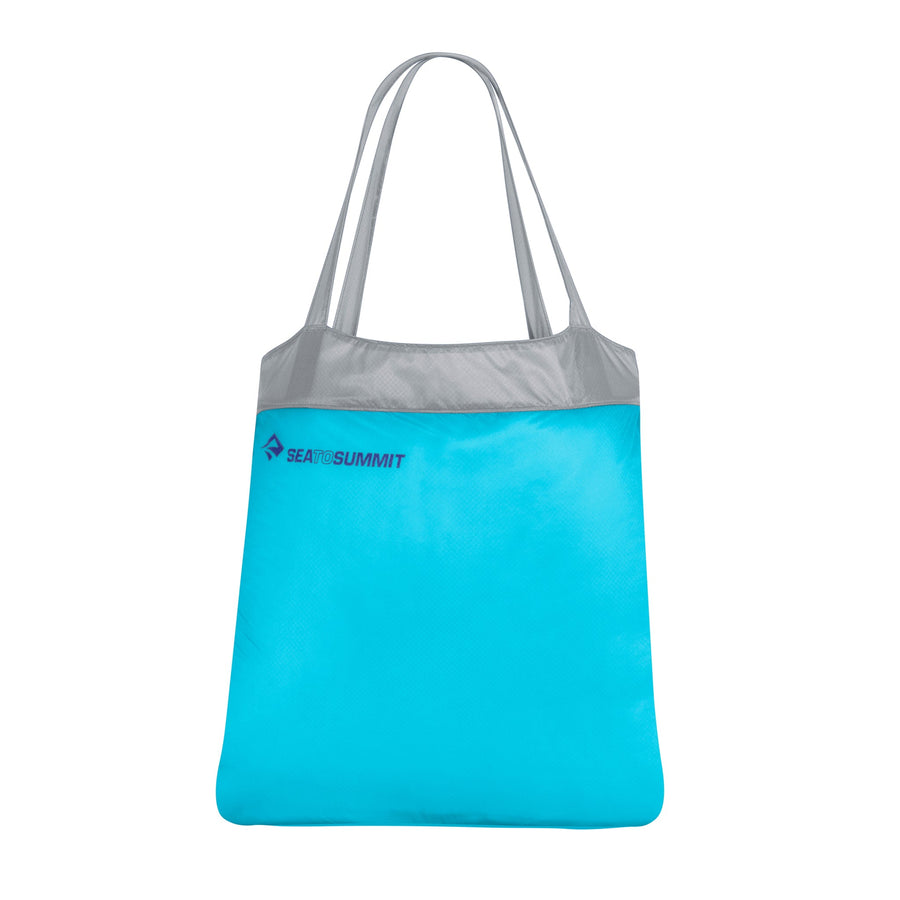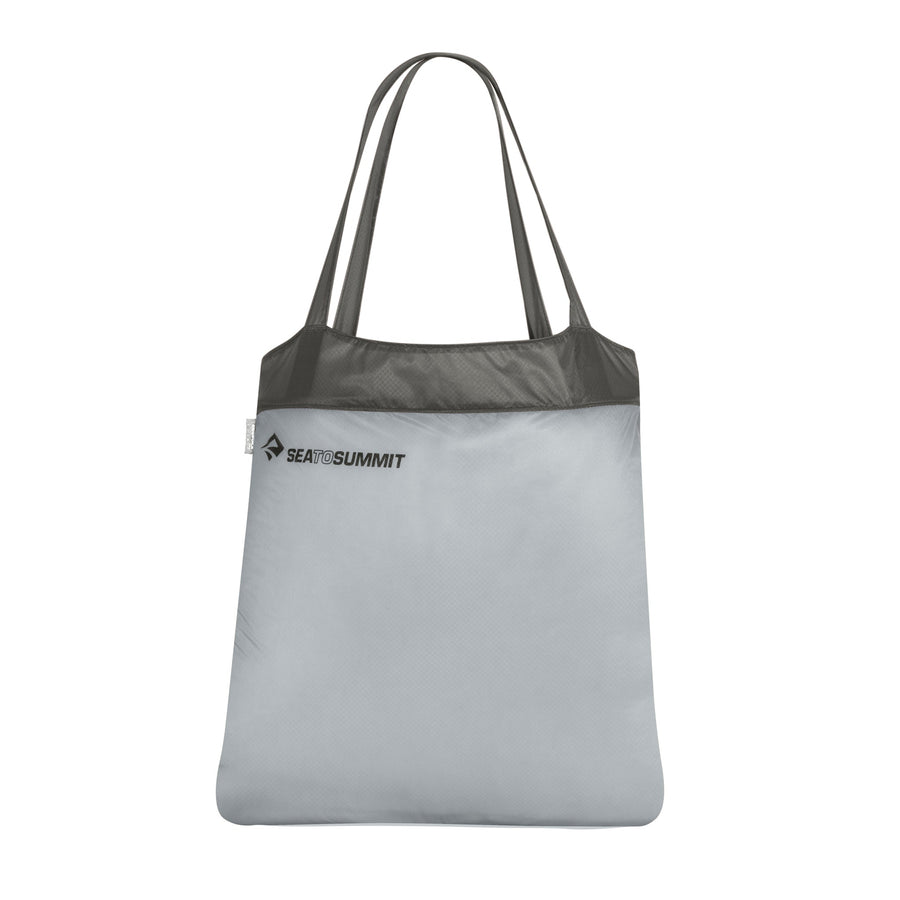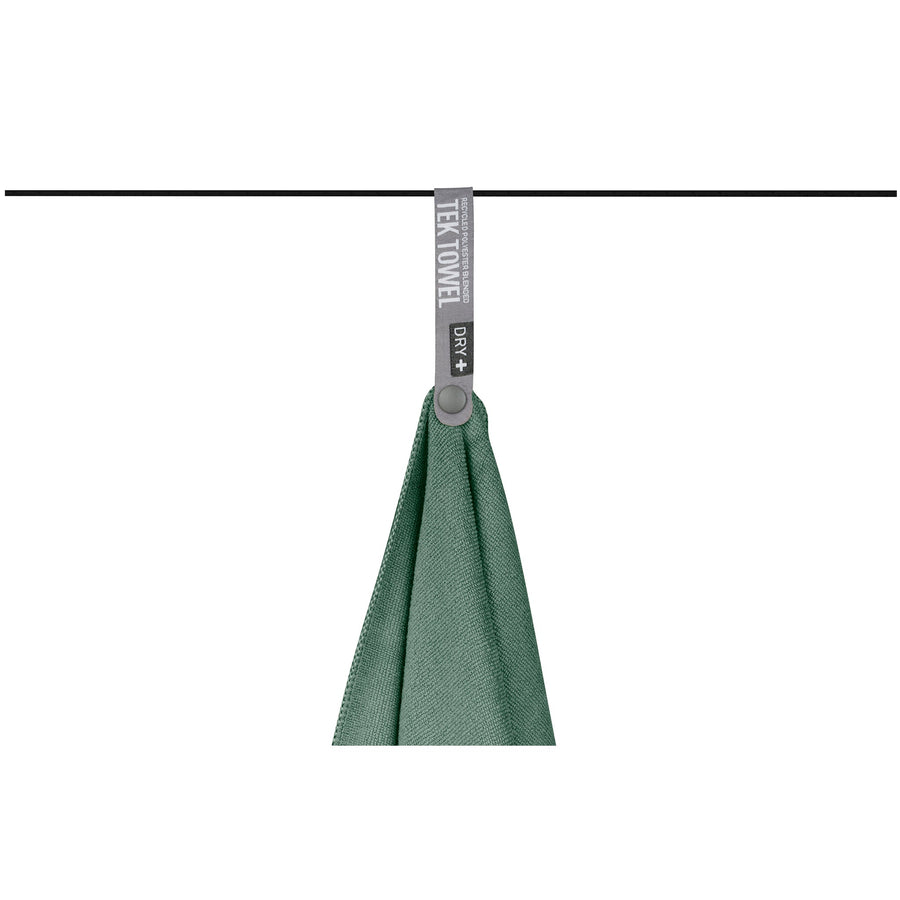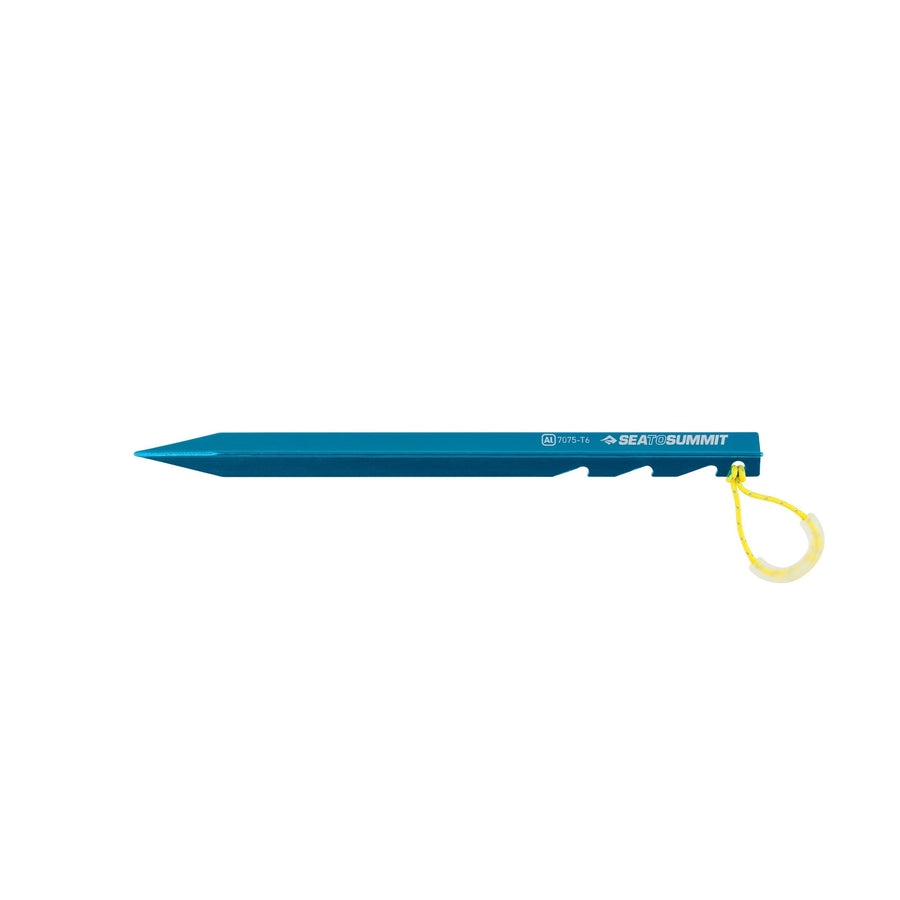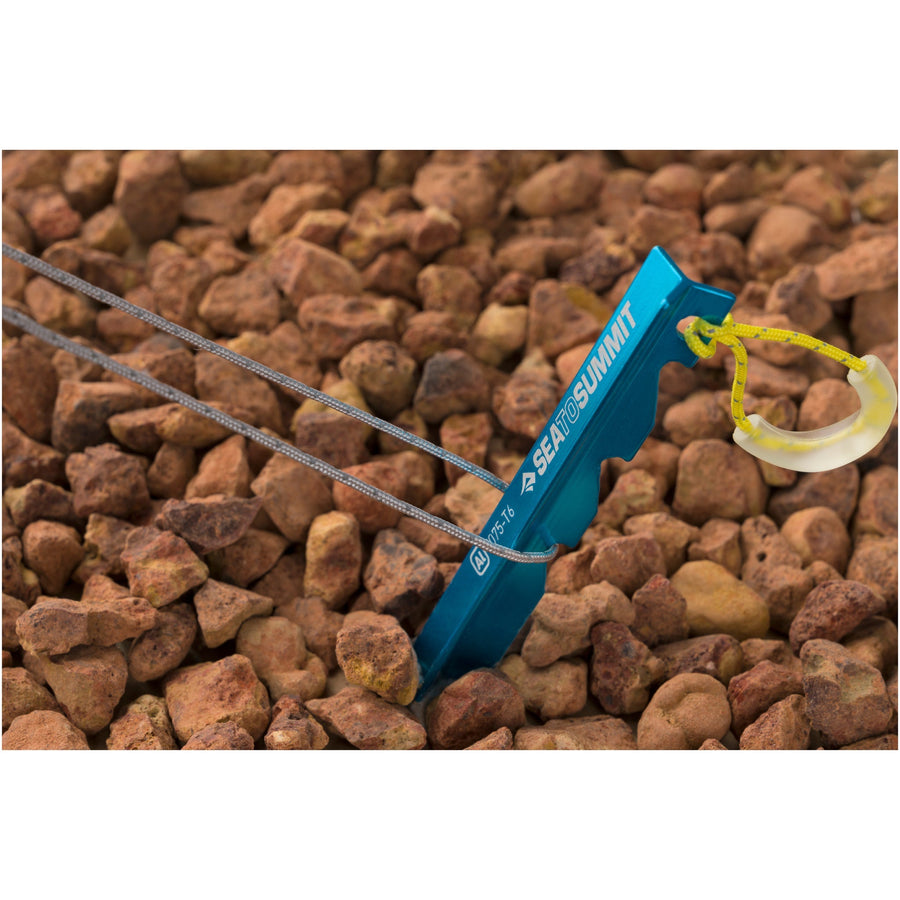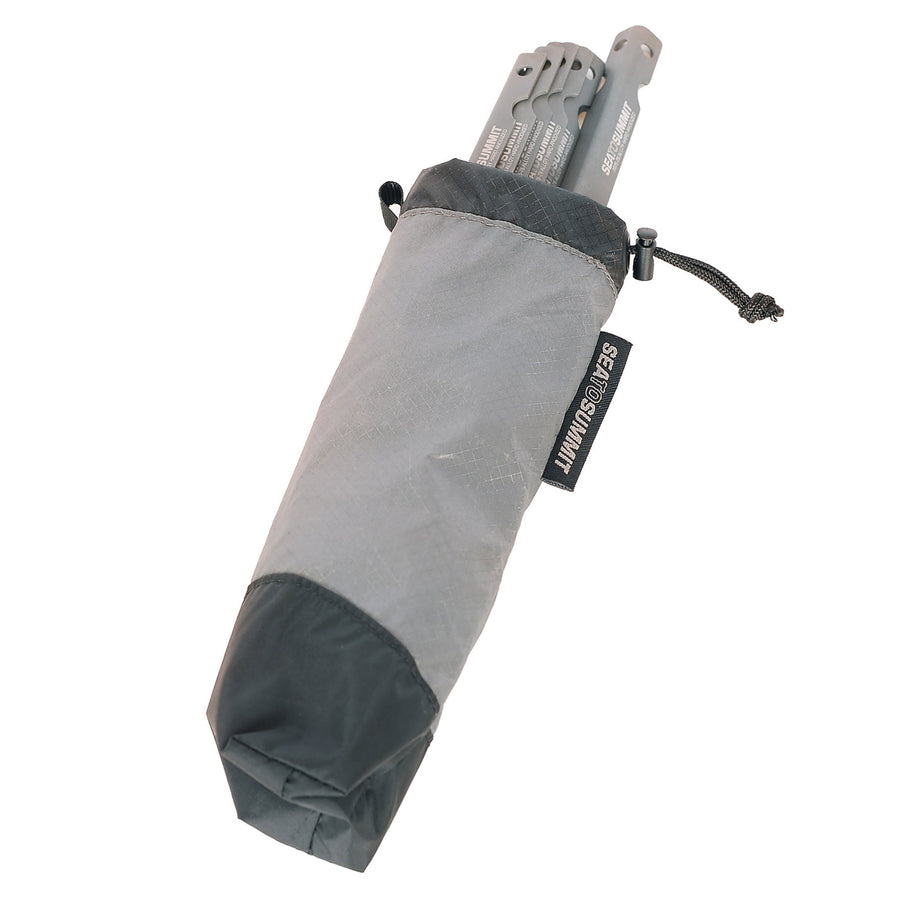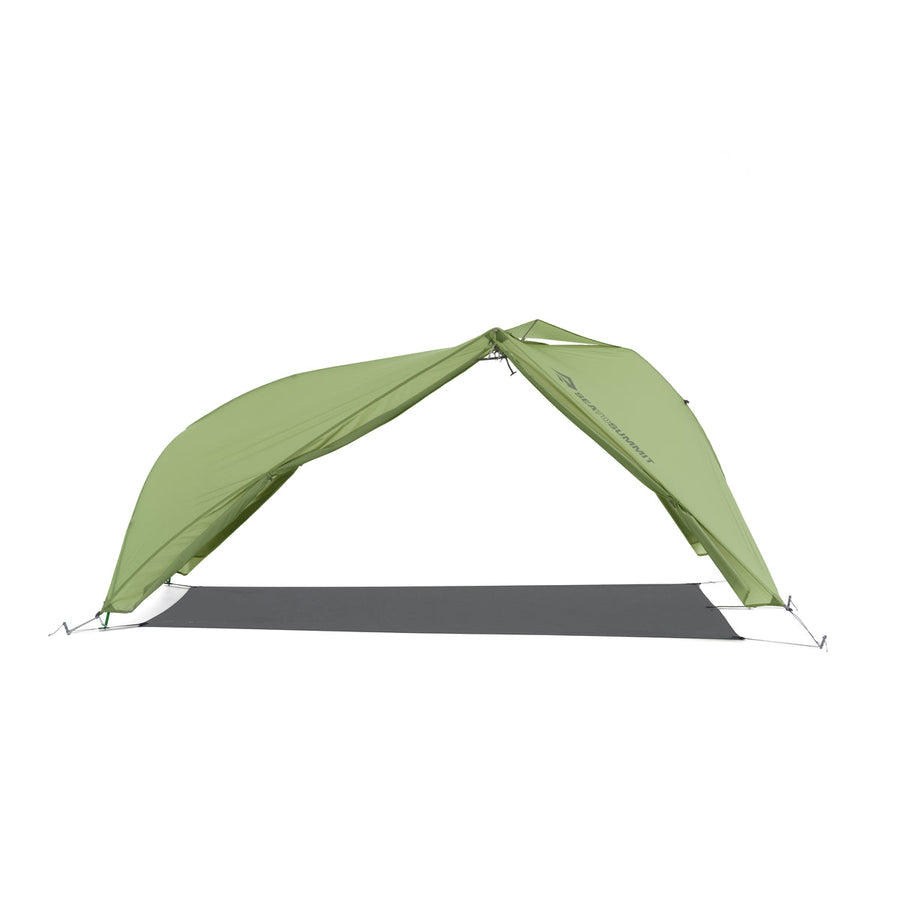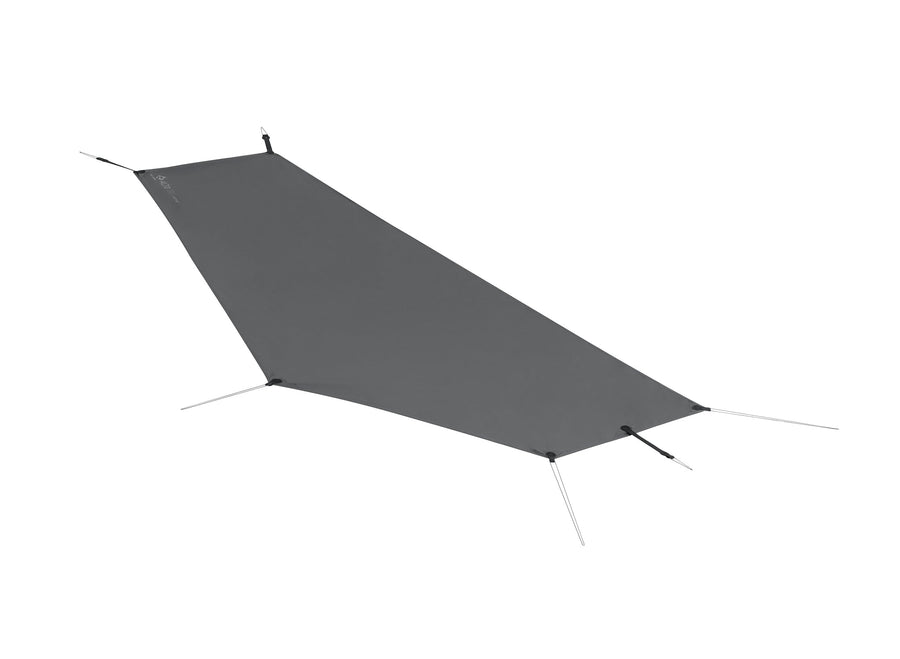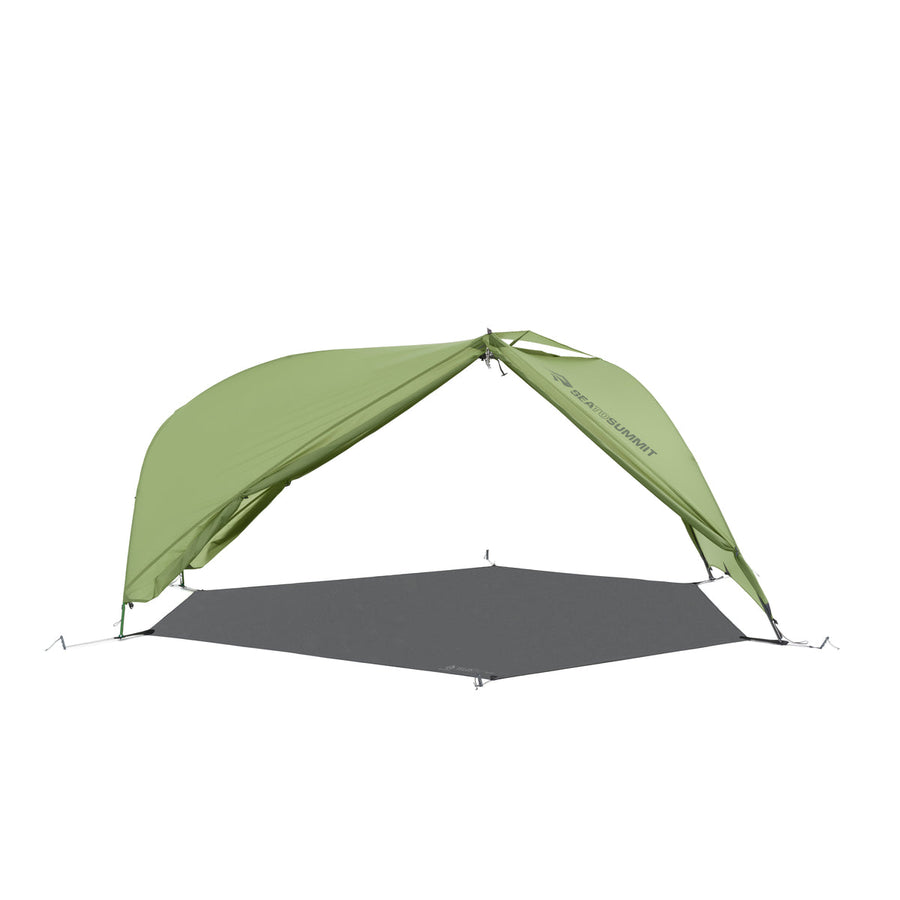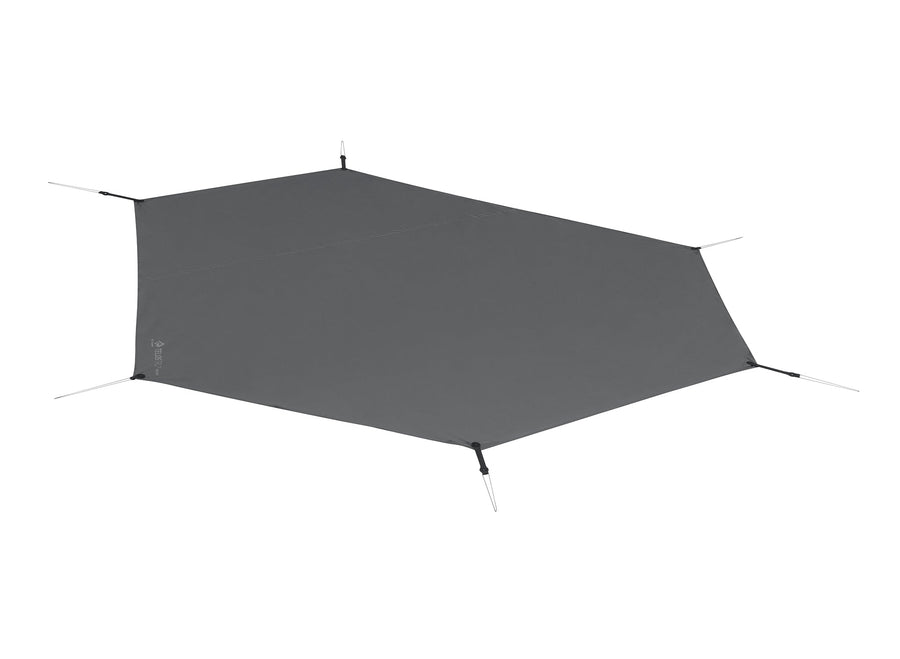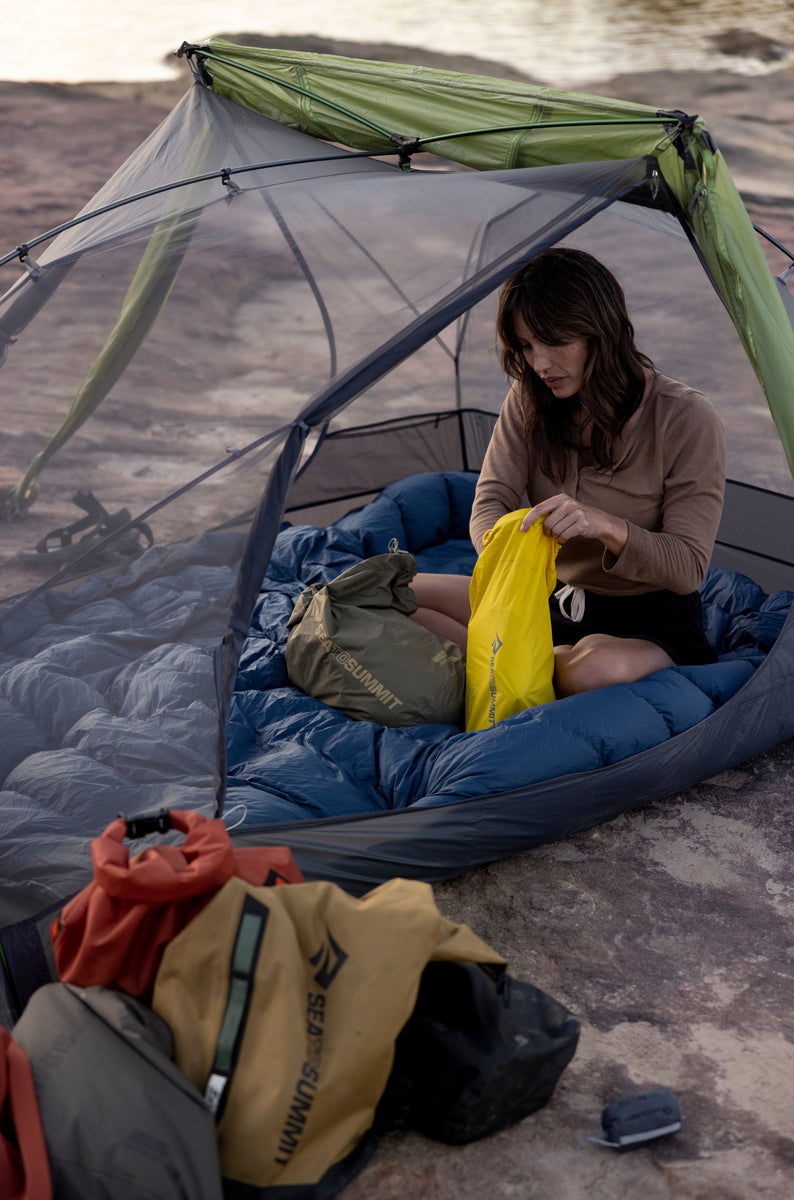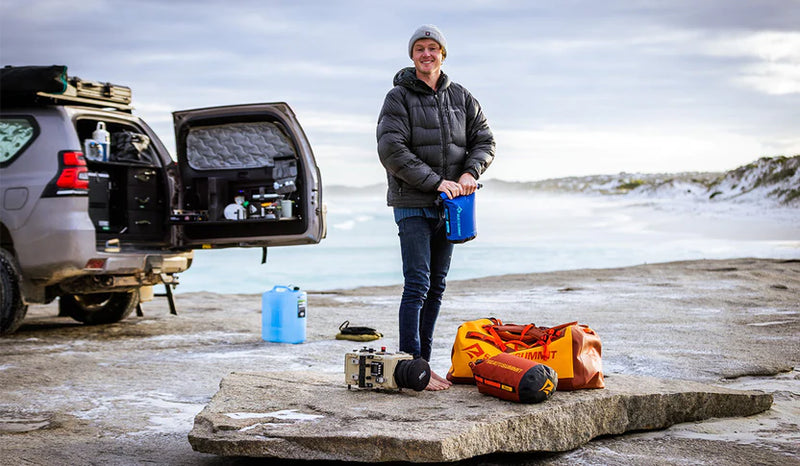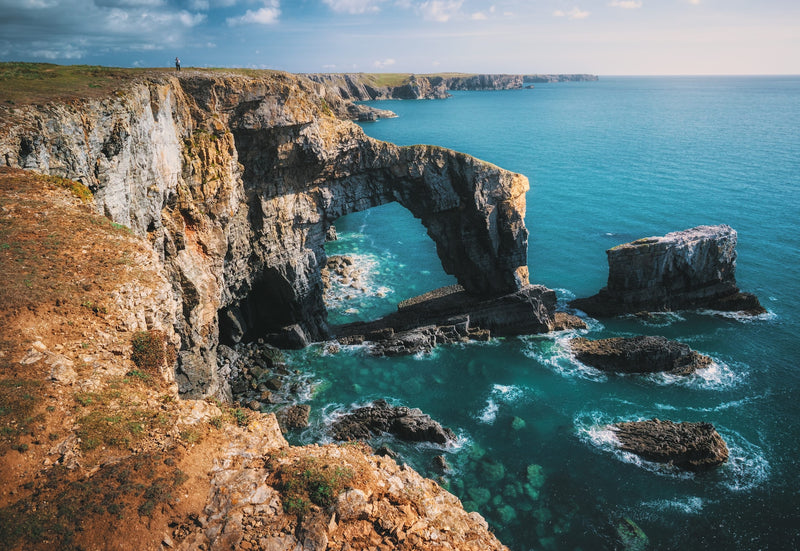How to Choose the Best Sleeping Bag For You
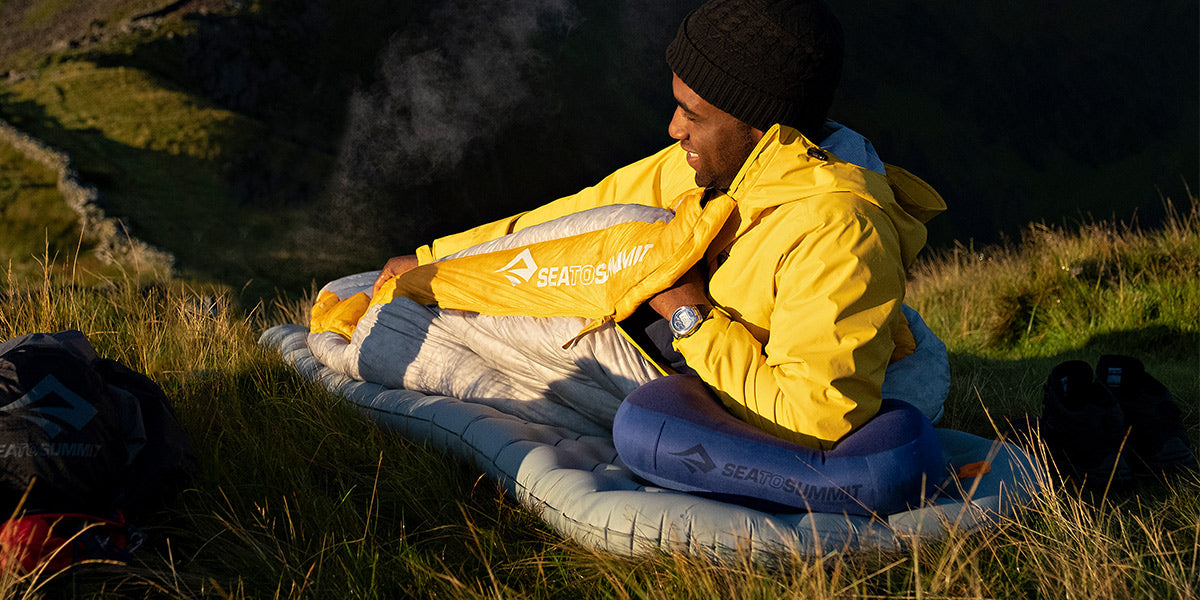
NO SLEEPING BAG IS RIGHT FOR EVERYONE BUT FINDING THE RIGHT ONE FOR YOU IS A GAME-CHANGER.
After all, a good sleeping bag is going to give you the rest and recovery you need to keep exploring—and see you through overnight adventures for years to come.
There’s a lot more to consider than reviews or budget when choosing this vital bit of gear. From where you’re going to use your bag to how you’re going to get it there, there’s a lot that factors into finding the best sleeping bag.
Here’s everything you should consider when selecting this important part of your sleep system.
1. YOUR ADVENTURE

We can make certain assumptions about the best sleeping bag for you based on what kind of outdoor activities you’re into. Thru-hiking the Overland Track or Appalachian Trail? Your bag needs to be as light and compact as possible, like our Spark and Flame range. Taking a paddle trip? A technical synthetic bag like our Trailhead and Quest might be your best insurance policy against wet conditions. When matching people with the right sleeping gear, we tend to ask them to choose their top three activities.
2. WARMTH
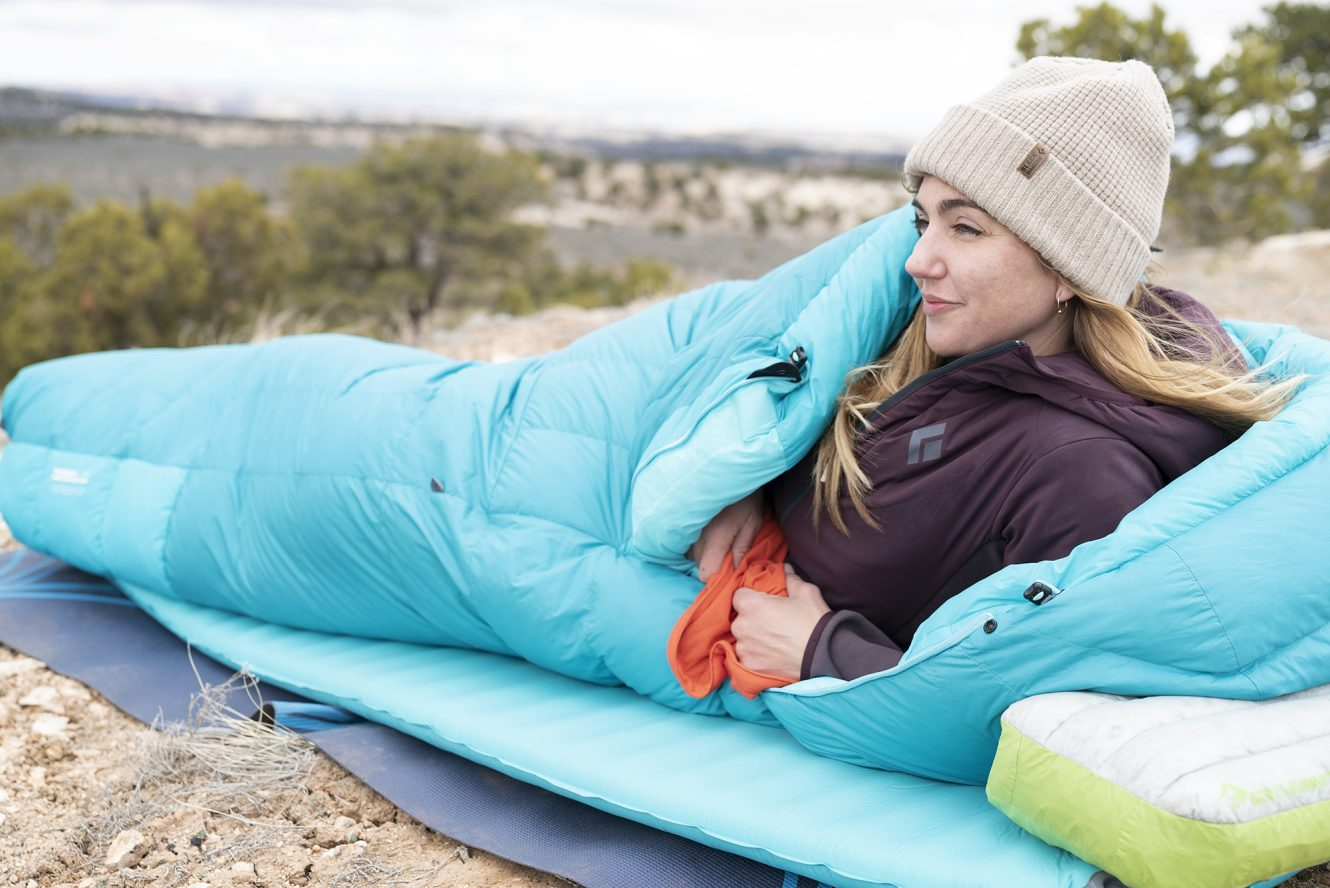
A sleeping bag has one principal job to do: to keep you warm and comfortable through the night. In extreme conditions, this could even include preventing hypothermia.
Once you have the survival angle covered, make sure your bag’s warm enough to stop you shivering all night. Poor quality sleep makes for some pretty gruelling outdoor experiences. And on more technical expeditions, fatigue is downright dangerous.
The EN 13537 test protocol (or the ISO standard, which will eventually replace it) uses heated manikins in a cold chamber to measure the thermal performance of a sleeping bag. This type of testing is backed by the majority of quality sleeping bag manufacturers and the most respected designers.

Use the EN rating scale to choose a bag that will keep you warm enough at the lowest temperature you intend to sleep in. Most men should refer to the Lower Limit rating for this. Women, who usually sleep a few degrees colder than men, should refer to the Comfort rating.

If you're a cold sleeper, a women’s specific sleeping bag—like our Altitude, Journey, Venture and Quest—might be best. These bags have extra insulation where you need it most and come in Regular and Long. Just remember that the Women’s Regular is for sleepers up to 167cm / 5’ 6” and the Women’s Large is for sleepers up to 183cm / 6’ 0”. Taller bags can be found in our unisex range.
If you'll be using your sleeping bag in colder conditions, draft tubes along the zippers and a full draft collar are essential for retaining warmth. They prevent heat ‘leaking out’ along the zippers or around your shoulders. The oversized draft tubes/draft collars on our Ascent or Altitude bags excel at this.
Remember that the manikin used in the EN temperature rating test does not move and, therefore. does not draw cold air into a sleeping bag. In the real world, where people move around in their sleep, these construction details are vital–some bags perform well in the lab test but much less well when used by a real-live sleeper.
PRO TIP: If you only need to brave colder temperatures every so often, consider adding warmth to your bag with a Reactor/Reactor Extreme Thermal Liner or Spark 0.
3. WEIGHT

There’s a reason some people obsess over grams—when you’re lugging all your kit up a mountain for days at a time, all that weight adds up. It really does.
The best sleeping bag for warmth-to-weight ratio is a down sleeping bags. A synthetic sleeping bag can be just as warm, but it will normally be heavier and bulkier to achieve the same temperatures as a down bag.
The higher the Loft number, the more packable and light your bag will be for the same warmth. A 650+ Loft down bag is a great choice for car camping, but a 750+ and 850+ Loft is going to be top pick for fast-and-light expeditions.

Each of the above chambers is filled with 1oz (28g) of fully-lofted down
PRO TIP: If you’re choosing a down bag, choose one that uses ethically-sourced hydrophobic down. At Sea to Summit, we use RDS certified ULTRA-DRY™ Down—and all our customers receive a printed report showing down composition and quality with every bag. Responsible Down Standard (RDS) certification requires third party assessments to ensure the welfare of animals throughout the entire supply chain.
Synthetic sleeping bags are typically heavier and bulkier than technical down bags, but synthetic has come a long way in the last few years. Branded insulation like THERMOLITE® have gotten particularly good at mimicking the best qualities of down.

Cross section of Sea to Summit’s unique Waveloft™ construction
Construction also goes a long way in getting the most out of synthetic fill. At Sea to Summit, our synthetic bags use a WaveLoft™ construction, where insulation is looped and sewn into the lining to gain extra loft and trap pockets of air. This construction also eliminates the frustration of getting tangled in loose lining, which can be a common problem with synthetic bags.
4. PACKED SIZE

L-R: Explore Double, Ascent II, Flame I, Spark I and a 8.5in-high water bottle
For activities like bikepacking, bike touring and motorcycle touring, packed size is a really important consideration when trying to find the best sleeping bag–and in the case of bikepacking, weight is really important too. For trips like these, a down sleeping bag with lightweight materials will obviously be your most compact companion—and a compression sack can further reduce packed size by 30-40%. Many of our bags come with a compression bag but these can also be purchased separately. Compression dry sacks—like our eVent® Compression Dry Sack and Ultra-sil® eVent® Compression Dry Sack—will also protect your bag from the elements.
5. FIT
The right fit needs to do two things—keep you comfortable and not compress the insulation in the bag.
Both down and synthetic fills need to be able to loft up to trap warm pockets of air. If your bag is too tight, it will compress the insulation and create cold spots. So choose your fit wisely.
Our unisex bags come in a range of relaxed mummy to tapered-rectangular shapes. Our women’s specific range is narrower in the shoulder and wider from the hip-to-knee. To get a bag that fits you correctly, you need to climb inside and test it: is it long enough, or do your head and feet compress the hood and footbox respectively? You also need to assume a normal sleeping position: if you sleep on your side, test the bag by laying on your side – you may find that a conventional mummy bag is too tight (and the points where you compress the insulation with your knees, hips and shoulders will become ‘cold spots’). This is particularly true for the positions that women commonly sleep in – which is why a women’s bag should be widest between the hips and the knees.
Or why not just forget about fit altogether and get yourself an Ember Quilt? It’s a seriously technical and versatile choice.
PRO TIP: Don’t underestimate the importance of comfort. If your bag is too tight, you’re going to feel frustrated and restless. This is why even our most tapered bags are roomier than many out there—because, at a certain point, a snugger fit is going to be counterproductive.
6. FEATURES
Once you have your bases covered—warmth, weight, packability and fit—it’s time to consider features that make your life easier and more comfortable on the trails. Here are a few of our favourites:
6.a VENTILATION

The most versatile bags—the ones that will see you through different temperatures and terrain—are normally those that have ventilation options. That way, you just open up your bag to let out excess heat. Some models can even be opened completely flat like a quilt, for true three-season flexibility.
Bags with our Free-Flow triple-zip system—like our Ascent, Altitude, Venture and Traverse—offer the most ventilation options. A zip along each side of the bag allows you to fold the top down, whilst a third zipper in the footbox frees your feet.

Many of our other bags use secondary zips or zip sliders to allow ventilation—which gets you more use out of your bag for negligible extra weight.

6.b POCKETS

Pockets might not sound like the most exciting feature out there—but they come in pretty handy when you want to keep your batteries or technology safe from freezing temperatures.
6.c ZIP COUPLING

Bags with our Zip Coupling feature can be paired with one another (wink wink).
FORGET SLEEPING BAG + THINK SLEEP SYSTEM

Just to make matters more complicated—while you’re figuring out which is the best sleeping bag to choose, you should really be asking yourself how that bag fits into your sleep system. We’re talking your sleeping bag, mat, liner and pillow. When it comes to your sleep set-up, one bit of gear affects the other. The mat you choose will determine how warm your sleeping bag needs to be. A liner will boost temperature too (and keep your bag clean for the long haul). As for your pillow, well—have you tried sleeping on a stuff sack full of dirty clothes? For the difference of 2 oz, you could make or break a night of rest and recovery.
When it comes down to it, thinking of your sleep system will ultimately help you choose the best sleeping bag. Ready to find the best sleeping bag for you? Browse our sleeping bags now!




